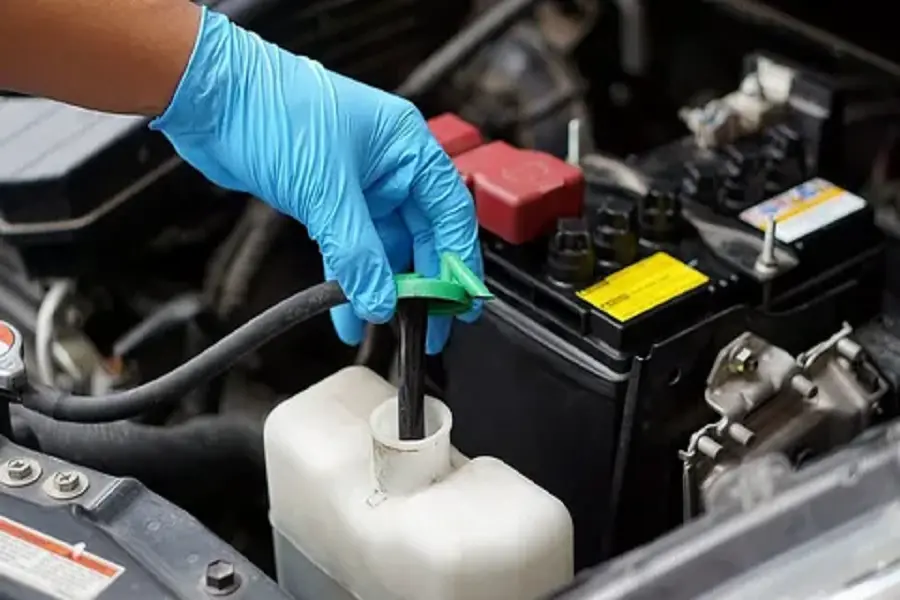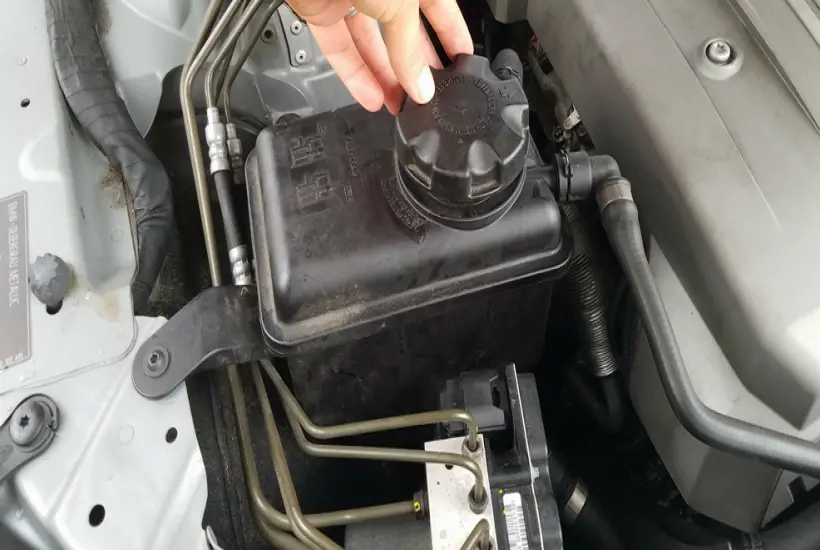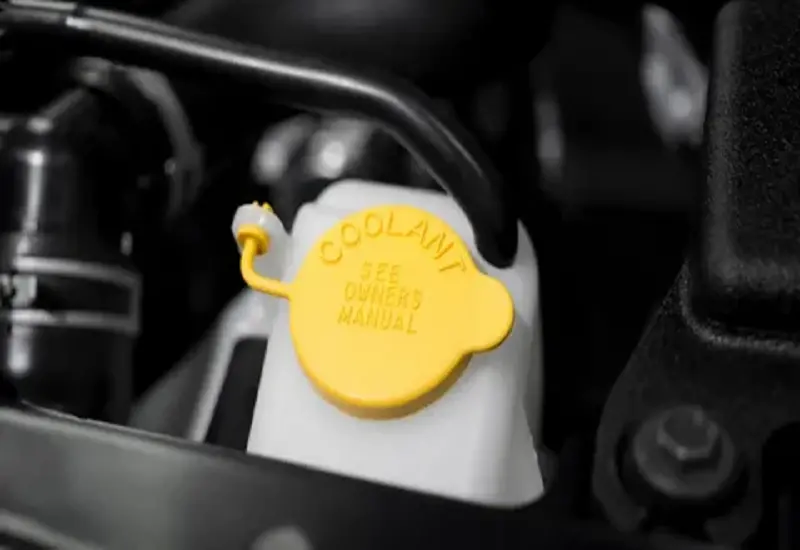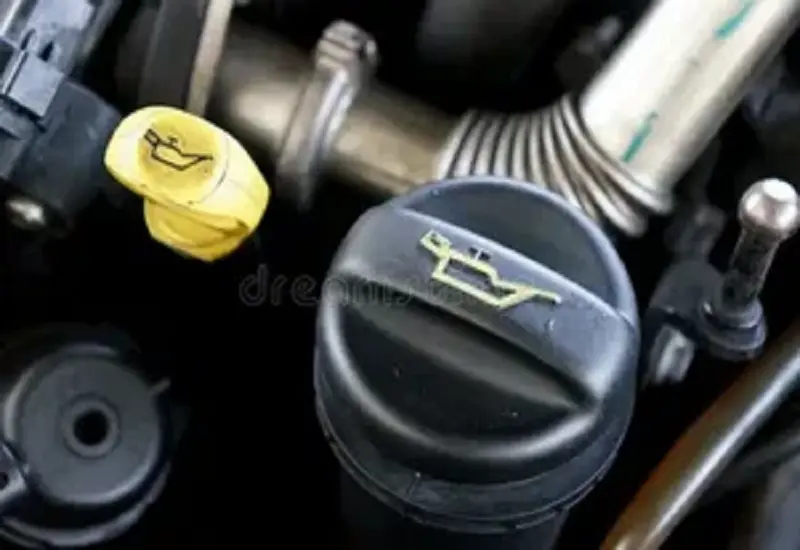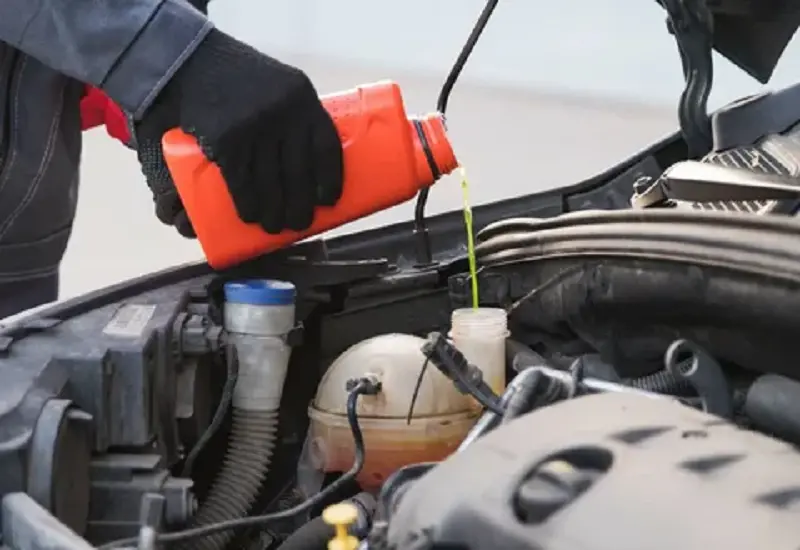The Importance of Proper Coolant Levels for Engine Health
Your car’s engine is the heart of your vehicle, and maintaining its optimal performance is crucial for a smooth and reliable driving experience. One of the key factors in ensuring your engine’s longevity is keeping the coolant levels within the recommended range.
Coolant, also known as antifreeze, plays a vital role in regulating the engine’s temperature, preventing overheating, and protecting critical components from heat-related damage.
When your car’s coolant levels drop significantly, it can lead to a host of problems that can ultimately result in costly engine repairs or even complete engine failure.
In this comprehensive guide, we’ll dive deep into the symptoms, consequences, and solutions for low coolant levels, empowering you to proactively maintain your vehicle’s cooling system and safeguard your engine’s health.
The Science Behind Engine Coolant
Your car’s engine regularly reaches temperatures exceeding 200°F (93°C). Without proper cooling, these temperatures can soar to over 350°F (177°C) in minutes. Here’s where antifreeze becomes your engine’s lifeline.
How Coolant Works
The cooling system operates through a precise combination of:
- Water and ethylene glycol (antifreeze)
- Specialized additives for corrosion protection
- Precise pressure regulation
- Continuous circulation through engine blocks
Table: Coolant Temperature Ranges
| Engine State | Normal Range (°F) | Warning Range (°F) | Critical Range (°F) |
| Idle | 180-200 | 220-230 | 240+ |
| Highway | 190-210 | 230-240 | 250+ |
| City Traffic | 185-205 | 225-235 | 245+ |
What Happens to an Engine with No Coolant?
An engine without sufficient coolant is like a person without water – it simply can’t function properly. When an engine runs low on coolant, a cascading series of events can occur, leading to severe and potentially irreversible damage.
Overheating and Its Effects on Engine Components
Without enough coolant circulating through the engine, the temperature can quickly rise to dangerous levels. This rapid increase in heat can cause significant damage to various engine components, including:
- Cylinder Heads: The cylinder heads, which house the valves and combustion chambers, are particularly vulnerable to heat-related damage. Prolonged exposure to high temperatures can warp the cylinder heads, leading to compression leaks and potential engine failure.
- Pistons and Rings: The pistons and their associated rings are under immense pressure and heat during the combustion process. Insufficient coolant can cause these components to overheat, leading to seizure, piston damage, and even engine seizing.
- Bearings and Crankshaft: The engine’s bearings and crankshaft rely on a constant supply of coolant to maintain proper lubrication and prevent excessive wear. Overheating can cause these critical components to fail, resulting in catastrophic engine damage.
- Gaskets and Seals: The various gaskets and seals within the engine, such as the head gasket, can become brittle and fail when exposed to excessive heat, leading to coolant leaks and further complications.
Increased Risk of Engine Damage and Failure
When an engine operates without adequate coolant, the risk of severe and irreparable damage increases exponentially. Continued operation in this state can lead to a complete engine seizure, requiring a costly and time-consuming engine replacement or rebuild.
Driving Without Coolant: The Countdown to Disaster
When your engine runs with insufficient coolant, damage occurs rapidly:
Timeline of Destruction
- First 30 seconds:
- Engine temperature rises rapidly
- ECU may enter protective mode
- Fuel efficiency drops dramatically
- 1-2 minutes:
- Cylinder heads begin warping
- Gaskets start failing
- MPG decrease becomes severe
- 2-5 minutes:
- Permanent cylinder head damage
- Piston ring failure
- Total engine seizure possible
How Long Can a Car Last Without Coolant?
The answer to this question largely depends on the specific circumstances and the condition of the engine. However, as a general rule, a car can only operate for a very short period of time without coolant before experiencing catastrophic damage.
In most cases, if a car is driven with a complete loss of coolant, the engine can seize within as little as 5-15 minutes of continuous operation. This is because the lack of coolant allows the engine temperature to skyrocket, leading to rapid deterioration of critical components.
It’s important to note that the duration a car can survive without coolant can vary based on factors such as:
- Engine type and design
- Driving conditions (e.g., stop-and-go traffic vs. highway driving)
- Load on the engine (e.g., towing a trailer)
- Ambient temperature
While some engines may be able to withstand a brief coolant loss for a slightly longer period, continuing to drive under these conditions is an extremely risky proposition that should be avoided at all costs. The safest course of action is to immediately pull over and address the coolant issue before attempting to drive the vehicle again.
How Modern Engines Deal with Low Coolant and Overheating
Advancements in engine technology have introduced several safeguards to help mitigate the risks associated with low coolant levels and overheating. These modern features are designed to alert the driver, reduce engine strain, and, in some cases, even shut down the engine to prevent catastrophic damage.
Coolant Level Sensors and Warning Lights
Most modern vehicles are equipped with coolant level sensors that continuously monitor the amount of coolant in the system. When the sensor detects a significant drop in coolant levels, it triggers a dashboard warning light, alerting the driver to the issue. This allows the driver to address the problem before the engine suffers any serious consequences.
Automatic Engine Shutdown Mechanisms
In some cases, modern engines are equipped with advanced safety features that can automatically shut down the engine if the coolant level drops to a critically low point or the engine temperature rises to an unsafe level. This “limp-home” or “safe mode” function is designed to prevent further damage and allow the driver to safely pull over and address the problem.
Limitations of Safety Features
While these safety features are undoubtedly helpful, it’s important to note that they are not a substitute for proper maintenance and proactive monitoring of the cooling system. In some cases, the warning systems may not be sensitive enough to detect gradual coolant loss, or the automatic shutdown mechanisms may not activate quickly enough to prevent all damage.
Additionally, these safety features are not infallible, and a complete loss of coolant can still lead to catastrophic engine failure, even with the presence of these advanced technologies. Therefore, it’s crucial to regularly check your coolant levels and address any issues promptly to ensure the long-term health and performance of your engine.
Modern Engine Protection Systems
Today’s vehicles employ sophisticated protection against engine overheating:
Advanced Safety Features
- Safe/limp-home mode
- Reduces engine power
- Limits RPM
- Forces lower gear selection
- Engine cut-off feature
- Prevents catastrophic failure
- Activates around 240°F
- Requires manual reset
- Engine Control Unit (ECU) monitoring
- Real-time temperature tracking
- Adaptive cooling strategies
- Predictive failure prevention
Normal Coolant Consumption and Loss
It’s important to understand that some degree of coolant loss is considered normal and expected in the operation of a vehicle. However, it’s crucial to differentiate between acceptable levels of coolant consumption and a more significant issue that requires attention.
Expected Rate of Coolant Evaporation and Consumption
Coolant can naturally evaporate over time, especially in high-mileage vehicles or in hot climates. A typical rate of coolant consumption is between 1 and 2 quarts per 12,000 miles of driving. This gradual loss is considered within the normal range and is not necessarily a cause for immediate concern.
Differentiating Normal Loss from a Coolant Leak
While some coolant loss is normal, a more significant or rapid drop in coolant levels is often indicative of a larger problem, such as a coolant leak. Coolant leaks can occur due to a variety of factors, including:
- Damaged or worn hoses
- Faulty water pump
- Leaking radiator
- Cracked or damaged cooling system components
If you notice your coolant levels dropping more quickly than the normal 1-2 quarts per 12,000 miles, or if you observe visible leaks, it’s crucial to have your cooling system inspected by a qualified mechanic to identify and address the underlying issue.
Essential Maintenance Schedule
Table: Maintenance Intervals
| Service | Frequency | Cost Range | Prevention Value |
| Coolant Check | Monthly | $0 (DIY) | Very High |
| System Flush | 2-5 years | $100-200 | High |
| Pressure Test | Annually | $50-100 | Medium |
| Coolant refill | As needed | $20-80 | Critical |
Warning Signs of Low Coolant Levels
Recognizing the early warning signs of low coolant levels is essential for preventing costly engine damage and ensuring the continued smooth operation of your vehicle. Keep an eye out for the following indicators:
Dashboard Warning Lights
As mentioned earlier, most modern vehicles are equipped with coolant level sensors that trigger a dashboard warning light when the coolant levels drop to a concerning level. This light is typically labeled with the words “Coolant” or “Engine Coolant.”
Unusual Engine Temperature Readings
If you notice your engine temperature gauge reading higher than normal or the temperature warning light illuminating, it could be a sign that your coolant levels are low, and the engine is beginning to overheat.
Visible Leaks or Low Coolant Reservoir Levels
Regularly inspecting your vehicle’s coolant reservoir and looking for any visible leaks around the engine or cooling system components can help you identify low coolant levels before they become a serious problem.
Unusual Engine Noises or Performance Issues
As the engine begins to overheat due to low coolant levels, you may notice unusual noises, such as knocking or pinging sounds, as well as a decrease in overall engine performance and fuel efficiency.
Sweet Smell of Coolant
If you notice a sweet, almost syrupy smell coming from your vehicle, it could be a sign of a coolant leak, as the ethylene glycol-based coolant has a distinct odor.
Addressing these warning signs promptly is crucial to prevent further damage to your engine. If you encounter any of these indicators, it’s best to pull over safely, turn off the engine, and have the cooling system inspected and repaired as soon as possible.
FAQ: Low Coolant Symptoms
What are the most common symptoms of low coolant?
The most common symptoms of low coolant levels include a dashboard warning light, rising engine temperature, visible leaks, unusual engine noises, and a sweet smell from the engine bay. If you notice any of these signs, it’s crucial to have your cooling system inspected and the issue addressed promptly to prevent serious engine damage. Ignoring these warning signs can lead to overheating, component failure, and potentially a complete engine seizure.
How long can a car run without coolant?
A car can only operate for a very short period of time, typically 5-15 minutes, without any coolant before experiencing catastrophic engine damage. The lack of coolant allows the engine temperature to skyrocket, leading to rapid deterioration of critical components like the cylinder heads, pistons, and bearings. Continuing to drive a vehicle with a complete loss of coolant is an extremely risky proposition that should be avoided at all costs. The safest course of action is to immediately pull over and address the coolant issue before attempting to drive the vehicle again.
What happens if I keep driving with low coolant?
Driving with low coolant levels can have severe consequences for your engine. As the coolant level drops, the engine temperature will rise rapidly, leading to a cascading series of problems. This can cause warping of the cylinder heads, piston and bearing damage, and the failure of critical gaskets and seals. Continued operation in this state can result in a complete engine seizure, requiring a costly and time-consuming engine replacement or rebuild. It’s crucial to address any issues with low coolant levels as soon as they are detected to prevent irreparable damage to your vehicle’s engine.
How much coolant loss is considered normal?
A certain amount of coolant loss is considered normal and expected in the operation of a vehicle. A typical rate of coolant consumption is between 1 and 2 quarts per 12,000 miles of driving. This gradual loss is due to natural evaporation and is not necessarily a cause for immediate concern. However, if you notice your coolant levels dropping more quickly than this, or if you observe visible leaks, it’s important to have your cooling system inspected by a qualified mechanic to identify and address the underlying issue.
What are the long-term effects of low coolant on an engine?
Prolonged operation with low coolant levels can have devastating long-term effects on an engine. The lack of adequate coolant circulation allows the engine temperature to rise to dangerously high levels, leading to the warping of critical components like the cylinder heads and pistons. This can cause compression leaks, piston seizure, and bearing failure, all of which can ultimately result in a complete engine seizure. Additionally, the high temperatures can cause the deterioration of gaskets and seals, leading to coolant leaks and further complications. Neglecting low coolant issues can significantly shorten the lifespan of an engine and lead to the need for a costly engine replacement or rebuild.
Conclusion: Protecting Your Engine’s Health
Maintaining proper coolant levels is essential for the long-term health and performance of your vehicle’s engine. By understanding the consequences of low coolant, recognizing the warning signs, and taking proactive steps to address any issues, you can safeguard your engine and avoid costly repairs.
Remember, regular coolant system checks, timely top-ups, and prompt attention to any leaks or unusual symptoms can go a long way in preserving the integrity of your engine and ensuring a smooth, reliable driving experience for years to come. Stay vigilant, and don’t hesitate to consult a qualified mechanic if you have any concerns about your vehicle’s cooling system.

With over 5 years of dedicated experience in the automotive industry, I am passionate about all things automotive. My journey began with a deep curiosity for automobiles, which led me to delve deeper into their mechanics, technology and trends. My expertise spans various aspects of the automotive world, from the latest electric vehicles to classic car restoration techniques. Through my articles, I aim to share my knowledge and insights, helping readers stay informed and inspired in the fast-paced world of the automobile.
